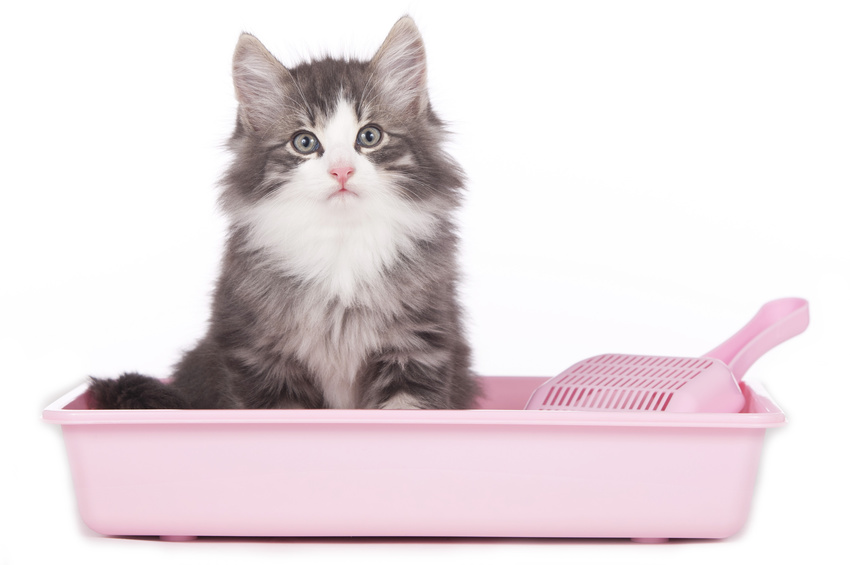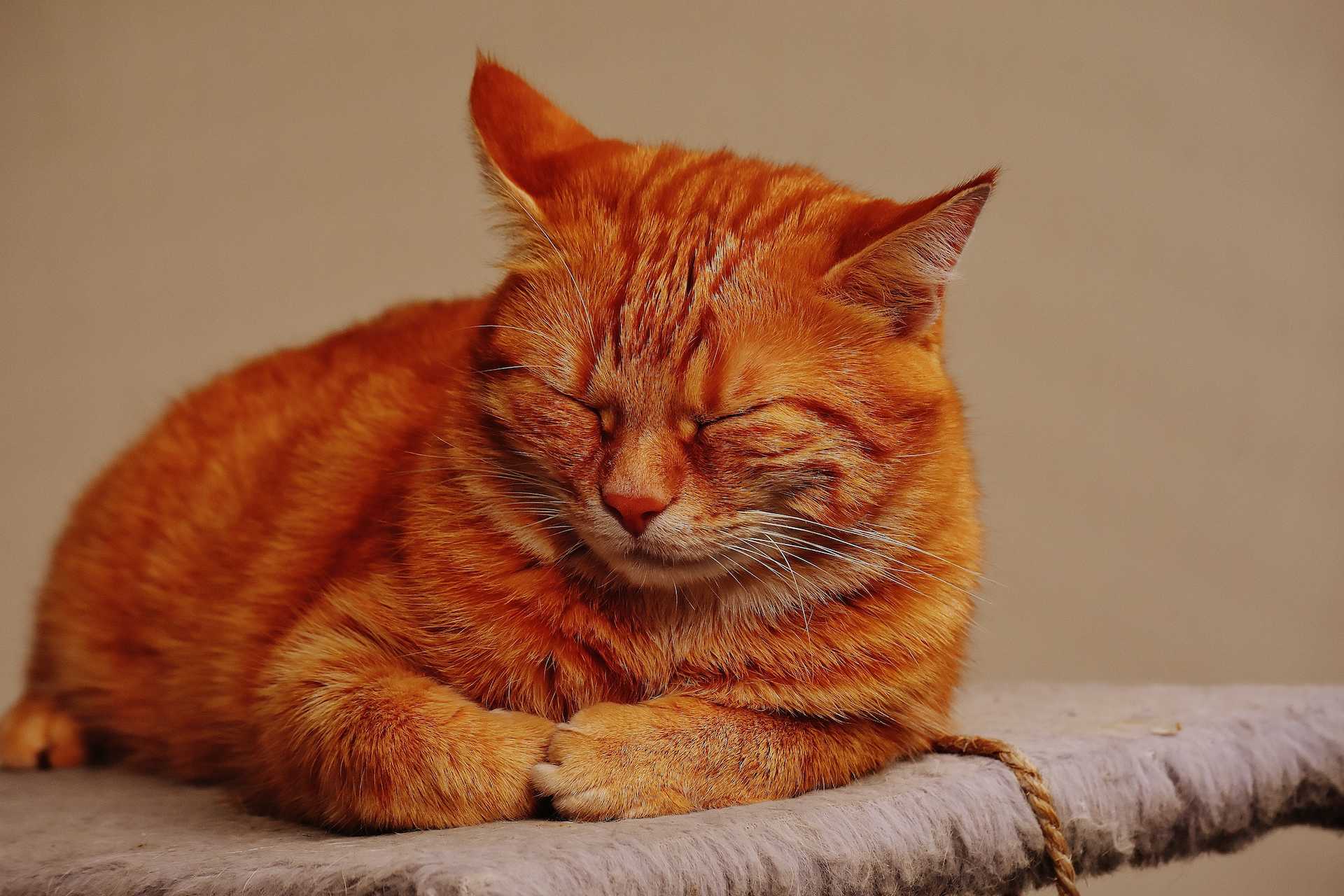FLUTD in Cats: What the Owner Manual Says!
Have you had a warning light flash on the car’s dashboard?
It’s alarming. You look up the symbol in the vehicle manual: It says “Engine management system warning.” You phone the garage. The engineer sucks his teeth: “Could be simple, could be complicated…we need to take a look and run diagnostics.”

Blood in Urine
Well, blood in the litter box is a lot like that warning light.
Bloody urine (haematuria) is a sign, rather than a diagnosis in its own right. Most pet parents jump to the conclusion the cat has a bladder infection, but actually this is relatively uncommon in a normal, healthy cat.
Anything that causes the bladder lining to become inflamed will show up as bloody urine. Some examples include:
- Infection
- Crystals in the urine
- Bladder stones
- Nerve driven inflammation of the bladder lining (usually related to stress)
- Bladder polyps
- Bladder cancer (which is, thankfully, rare)

“Bloody urine is a sign rather than a diagnosis in its own right. Most pet parents jump to the conclusion the cat has a bladder infection but this is a rarity…”
Some problems are more serious than others, whilst the symptoms remain the same. Common symptoms of feline lower urinary tract disease (FLUTD) include:
- Repeated squatting
- Blood stained urine
- Smaller puddles than usual
- Licking a lot under the tail
- Listlessness and distress
- Squatting outside the tray
What should you Do?
Phone Dr Tash or Dr Chris right away!
Not only is FLUTD painful but some cases have potentially life-threatening complications. This is especially true for male cats.
